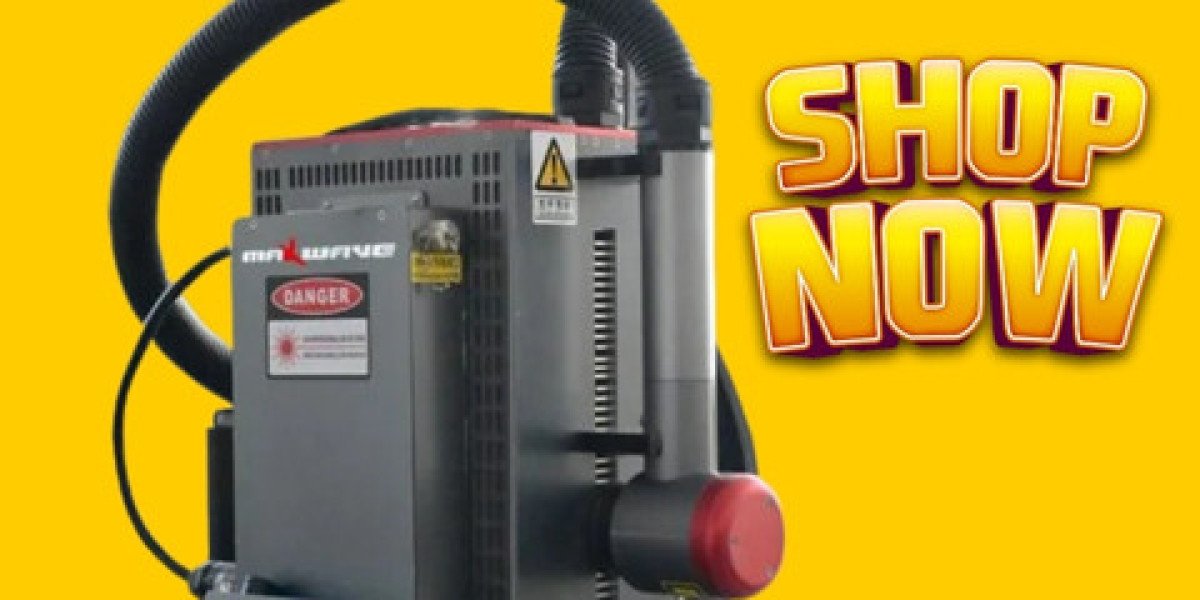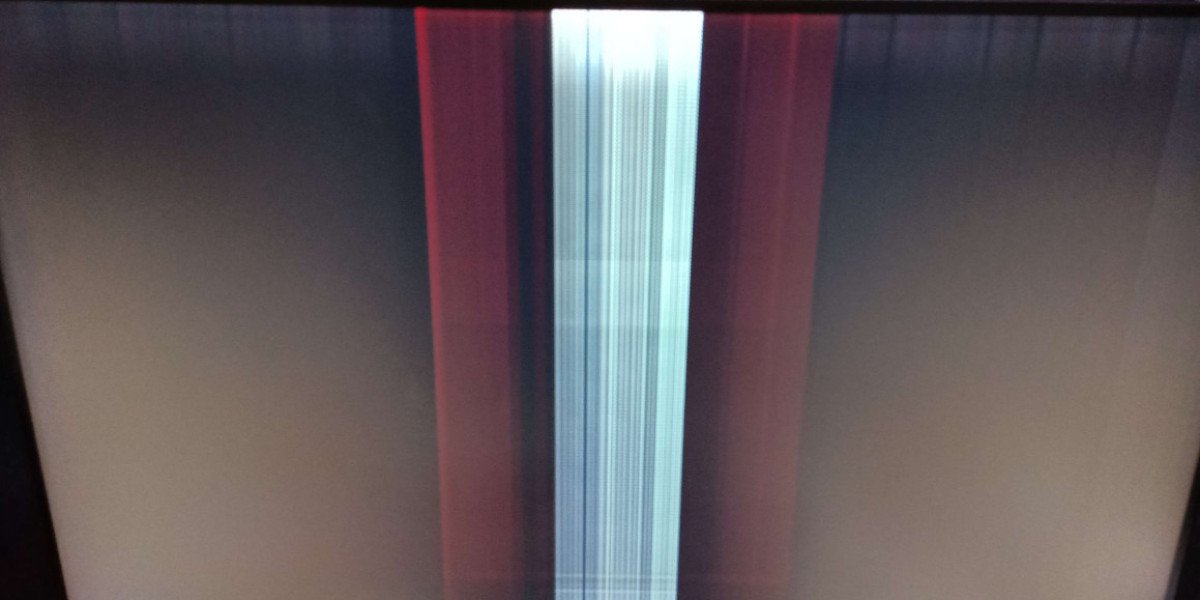This article takes a deep look into the factors influencing the laser cleaning machine price, market variations, and what companies need to consider before making a purchase. Instead of focusing only on numbers, the goal is to provide a realistic overview of the pricing structure and value that comes with it.
Understanding the Technology Behind Laser Cleaning
Before discussing the laser cleaning machine price, it’s important to understand how the technology functions. A laser cleaning machine uses high-energy laser beams to remove rust, paint, grease, or other surface contaminants from metals, stone, and even delicate surfaces. Unlike traditional abrasive methods, it works through a process called laser ablation, where the unwanted material is vaporized or broken down without damaging the base material.
This advanced mechanism contributes significantly to pricing since the quality of the laser source, optics, and cooling systems play a direct role in performance and durability.
Factors That Influence Laser Cleaning Machine Price
The cost of a laser cleaning machine is not fixed; it depends on multiple variables. Below are the main factors:
Laser Power Output
Machines are available in power ranges from as low as 50W to as high as 3000W or more.
Lower wattage systems (50W–200W) are generally used for light cleaning, small workshops, or delicate surfaces.
Higher wattage systems (1000W–3000W) are designed for heavy-duty industrial cleaning, where speed and depth of cleaning matter.
The higher the wattage, the higher the laser cleaning machine price.
Type of Laser Source
Fiber lasers dominate the market due to their stability, efficiency, and long lifespan.
The brand of laser source (IPG, Raycus, Max, etc.) can significantly impact cost. Premium sources often result in higher initial pricing but better long-term reliability.
Machine Configuration
Portable handheld laser cleaners are generally less expensive compared to fully automated systems.
Robotic or integrated solutions for assembly lines increase the laser cleaning machine price due to added engineering and software integration.
Cooling System
Air-cooled machines are often used in lower power ranges, making them more affordable.
Water-cooled systems are necessary for high-power machines and increase both complexity and cost.
Geographical Market
Pricing varies between regions. Machines manufactured in China, for instance, are typically priced lower than those produced in Europe or North America.
Import duties, shipping, and after-sales service availability also influence the final laser cleaning machine price in a given country.
After-Sales Service and Warranty
Machines with longer warranties and stronger technical support services often come at a higher upfront cost. However, many buyers prefer this option to avoid downtime and unexpected expenses later.
Price Ranges in the Market
While the exact laser cleaning machine price depends on customization and supplier, general ranges can be observed:
50W–200W systems: $5,000 – $15,000
200W–1000W systems: $15,000 – $50,000
1000W–3000W systems: $50,000 – $120,000+
These ranges serve as a general guideline, but variations exist depending on brand, region, and specifications. For example, a 1000W system from a European manufacturer may cost nearly double the price of a similar power system from a Chinese supplier, largely due to component sourcing and production costs.
Market Trends Affecting Pricing
Growing Industrial Adoption
With more industries recognizing the efficiency of laser cleaning, demand has grown. While this drives technological innovation, it also creates competitive pricing, especially in Asian markets where manufacturers are rapidly scaling production.Environmental Regulations
Stricter environmental rules are encouraging industries to replace abrasive and chemical cleaning methods with sustainable alternatives. This rising demand can affect the overall market and keep laser cleaning machine price competitive in the long term.Technology Advancements
Continuous improvements in fiber laser technology are making machines more compact, durable, and efficient. As manufacturing costs for components drop, entry-level systems are becoming more affordable while high-power machines still maintain premium pricing.
Return on Investment (ROI) Perspective
While the upfront laser cleaning machine price may seem high, many businesses consider it a long-term investment. Traditional cleaning methods often involve high consumable costs, safety risks, and waste disposal challenges. Laser cleaning, on the other hand, requires minimal consumables, reduces labor intensity, and ensures precision cleaning.
For example:
A company in the automotive sector investing in a 1000W system can replace several manual cleaning processes, reducing operational costs by up to 40% annually.
Shipyards using high-power machines for large-scale rust removal save both time and labor, which outweighs the initial investment within two to three years.
Such examples show that businesses often focus less on the sticker price and more on operational savings and compliance with safety regulations.
What Buyers Should Consider Before Investing
When evaluating the laser cleaning machine price, buyers should look beyond the numbers and consider:
The type of materials they need to clean.
The average workload and cleaning intensity.
Availability of local service and support.
Training provided by the supplier.
Long-term operational costs compared to traditional methods.
These factors ensure that the purchase decision is aligned with both short-term needs and long-term productivity goals.
Future Outlook on Laser Cleaning Machine Price
Looking ahead, the pricing of these machines is expected to stabilize further as competition increases. Entry-level systems will likely become more affordable, opening opportunities for small and medium businesses to adopt the technology. Meanwhile, high-powered and specialized systems will continue to hold premium pricing due to advanced engineering and application requirements.
As industries continue to push for automation and eco-friendly solutions, laser cleaning will maintain its position as a preferred method. This steady demand ensures that buyers will always find options across multiple price ranges.
Final Thoughts
The laser cleaning machine price is shaped by multiple factors such as power output, brand, configuration, and market location. While the initial investment can seem substantial, businesses across industries are finding that long-term savings, efficiency, and compliance benefits outweigh the upfront cost. As technology continues to advance, prices are expected to become more competitive, making laser cleaning an accessible solution for an even wider range of applications.








